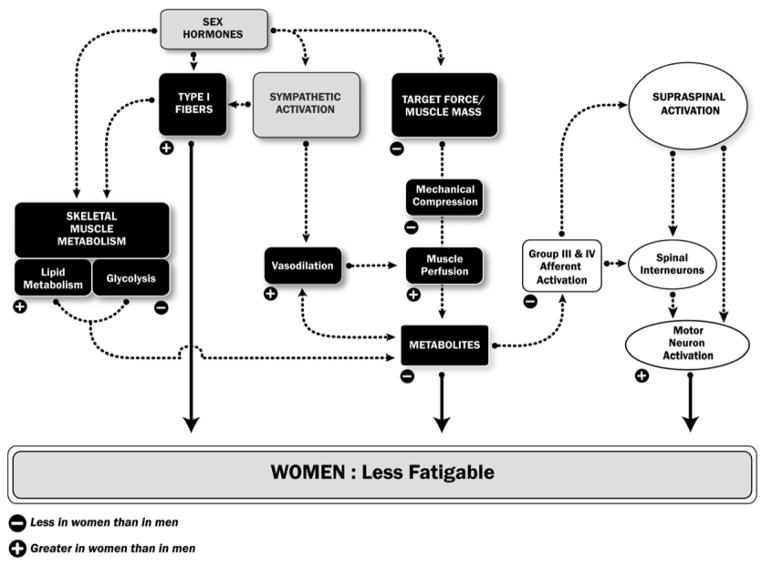Figure 3. Potential physiological mechanisms for the sex difference in muscle fatigue.
(or time to task failure).
The figure shows those potential mechanisms that can contribute to women being more fatigue resistant than men. The strength of a potential mechanism will vary with the task conditions so that one dominant mechanism does not fully explain the sex difference in performance of a fatiguing contraction. A negative sign indicates that the physiological variable or process is less in women than men and, conversely, a positive sign indicates it is greater in women than men. Ultimately, the differences in fatigue between men and women can be due to differences in: 1) motor neuron activation; 2) contractile function of the activated fibres; and 3) the magnitude of metabolites accumulating that interfere with contractile function. These mechanisms are stipulated with the large arrows. Black boxes indicate processes within the muscle, white boxes are processes in the nervous system, and the grey are hormonal and sympathetic actions.

